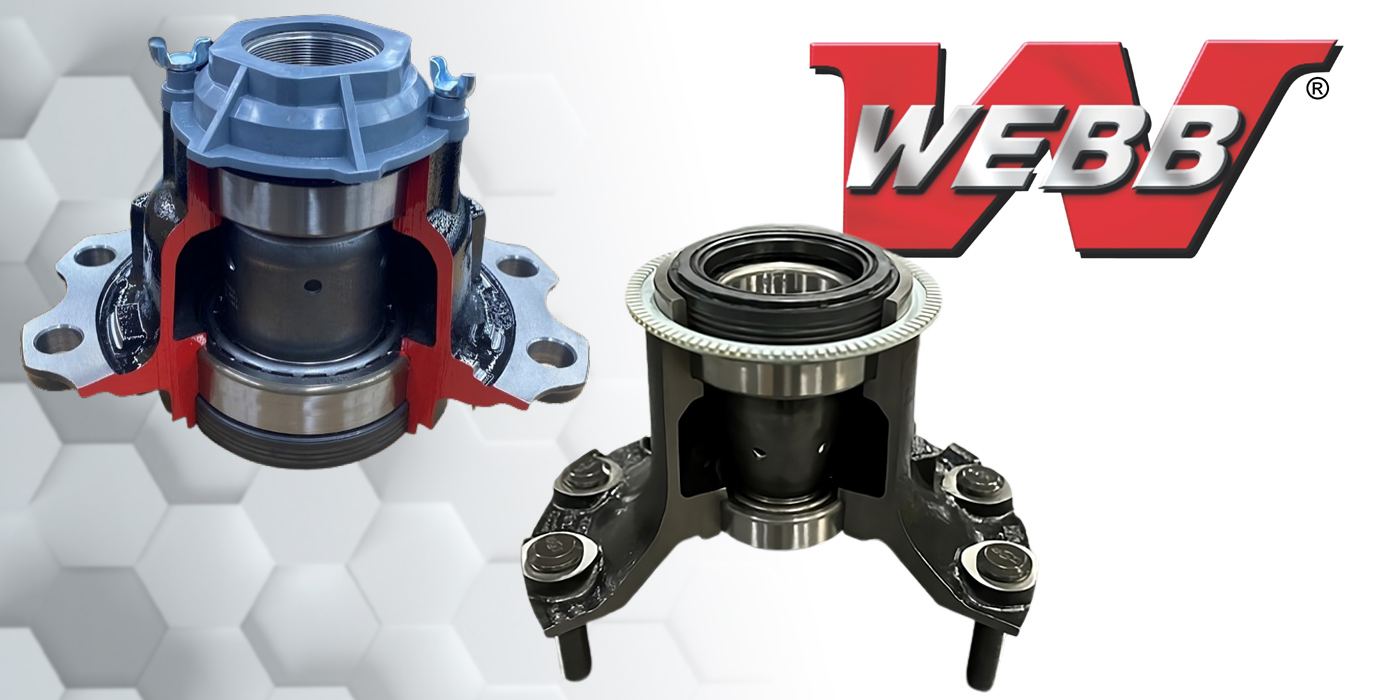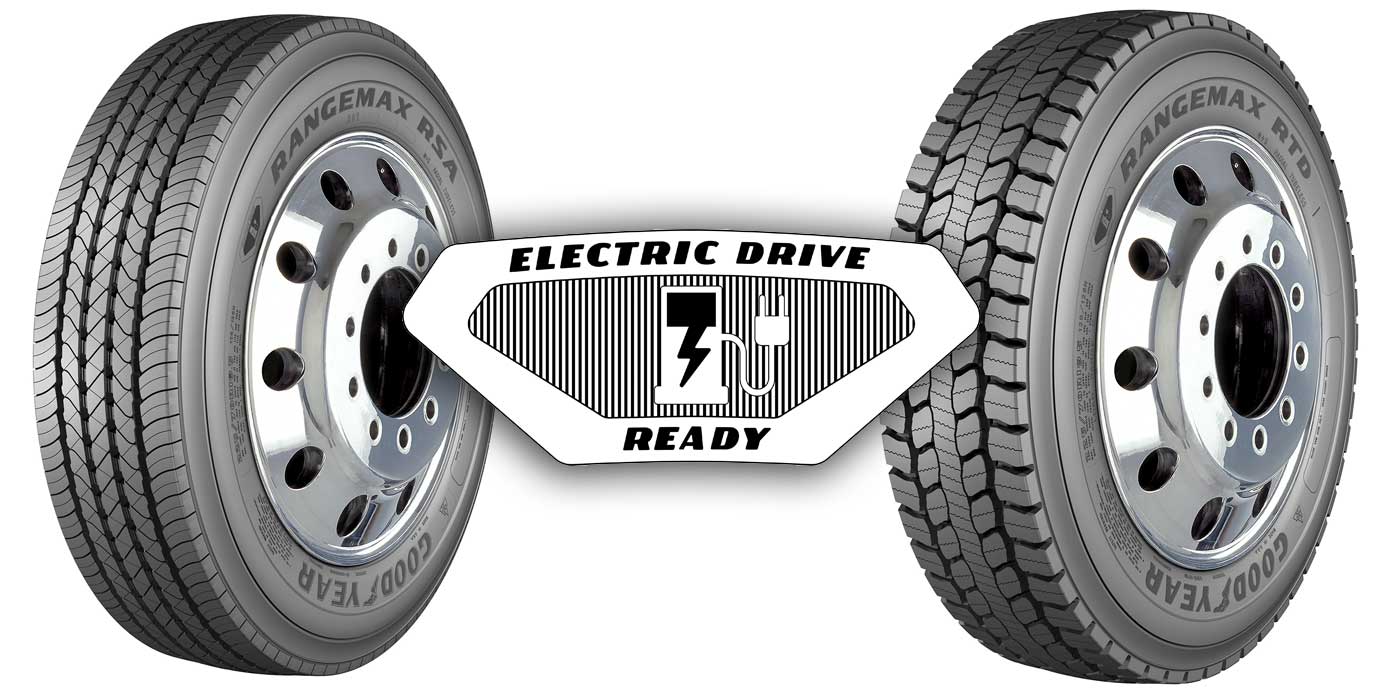The last mile.
It’s always been a challenging mile. In the past, deliveries to grocery stores, retail centers, and strip malls had its variables. Bad weather, traffic, crazy drivers, and vehicle problems had to be planned for, in order to improve efficiency and elevate profitability. Logistics optimization strategies were put in place, to save minutes per delivery to these locations; and these “saved” minutes added up to millions of dollars in profits for many businesses.
Today, that last mile has evolved a hundred-fold, a thousand-fold, maybe a million-fold. What was a challenging mile to a retail center has become a most-challenging mile to every home, everywhere. Every home is now a point-of-distribution for more businesses than ever. It is the ultimate “mom and pop” location, and it’s the most demanding, most expensive mile in logistics. A recent article by Shelagh Dolan in Business Insider, indicated that last-mile delivery costs account for 53% of the total cost of shipping. There’s no doubt that millions of dollars are there “for the saving”.
You’ve probably done the numbers and you’ve come to realize just how expensive it is to your business. It is inefficient. One traffic jam can delay multiple deliveries down the line. It is also labor-intensive. More people are required to deliver that last mile, and personnel aren’t cheap. This challenging last mile also places tremendous burdens on your equipment. The last mile puts added stress on trucks, trailers, and on your tires. The last-mile delivery – to every home, everywhere – is here to stay. People have adapted to shopping at home, and their burden of in-store shopping is evolving, to some degree, into your burden of last-mile shipping.
A long-haul enterprise has the ‘bliss’ of relatively easy-going miles, fending off the occasional road hazard, or delay. Regional/local/urban/last-mile deliveries mean more idling time, more starts, more frequent stops, more cornering, numerous curb encounters, and increasing bumper-to-bumper traffic events. These are the extraordinary challenges that tires making last-mile deliveries experience.
What should you consider when looking for replacement tires for vehicles making that last mile? Ideal last-mile tires must have the inner strength to withstand the abuse of urban environments. They must have strong sidewalls that can resist curb damage, and offer superior all-weather traction for turning, acceleration, and braking. And, they must contribute to lowering your overall total cost per kilometer/mile.
Tires must be durable, built to withstand urban conditions. Every regional tire in Double Coin’s product line is built with 4 steel belts. These tires have the foundational elements within that help them to have more contact with the road, which leads to better traction, improved handling, and longer tire life.
The RT600 is engineered for P&D and regional applications. Its protective sidewall ribs give it the strength to withstand curbing, cuts and abrasions. Plus it has a 5-rib design for precise handling, improved lateral stability and superior traction. The RT500 is another choice for fleets who are looking for a tire designed to fight irregular wear and offer long life in high-scrub situations. Double Coin’s RLB490 also features sidewall ribs that resist curb damage and abrasion.
In addition to 4 steel belts, Double Coin tires have strong casings. Tires with strong casings are perfect for regional/urban applications. Casing integrity contributes to lowering costs in another way. Double Coin tires are built for retreadability. The RR905 is an example of a tire whose casings offer long original tread life and multiple retreads.
It’s important to note that every tire in the Double Coin product line comes with a 7-year, 3-retread no-hassle warranty. This manufacturer’s warranty provides businesses with the assurance of long-term value, and a lower overall cost per kilometer.
Ideal candidates for urban applications must also be able to meet the weight demands of a vehicle and its load. 4 steel belts in the tire reinforce it and improve its ability to withstand the internal air pressure and external weight of the vehicle. This results in a smoother ride that helps prevent heat build-up, which contributes to longer tire life. Double Coin’s RSD3, a severe winter drive-position tire, is built to handle the load, as is the RLB1/11, which is another highly durable tire that offers solid traction in rain, snow, and mud.
The last mile is the most demanding and most important mile. Customer satisfaction is at the end of it. The more minutes saved per delivery, improves profitability. Also, selecting tires that improve efficiency, that can face the demands of turning, stopping and starting; that deliver long original tire life and that can be retreaded will improve profitability.
This article was sponsored by Double Coin Tires. For more information about Double Coin, go to: www.doublecointires.com.
















